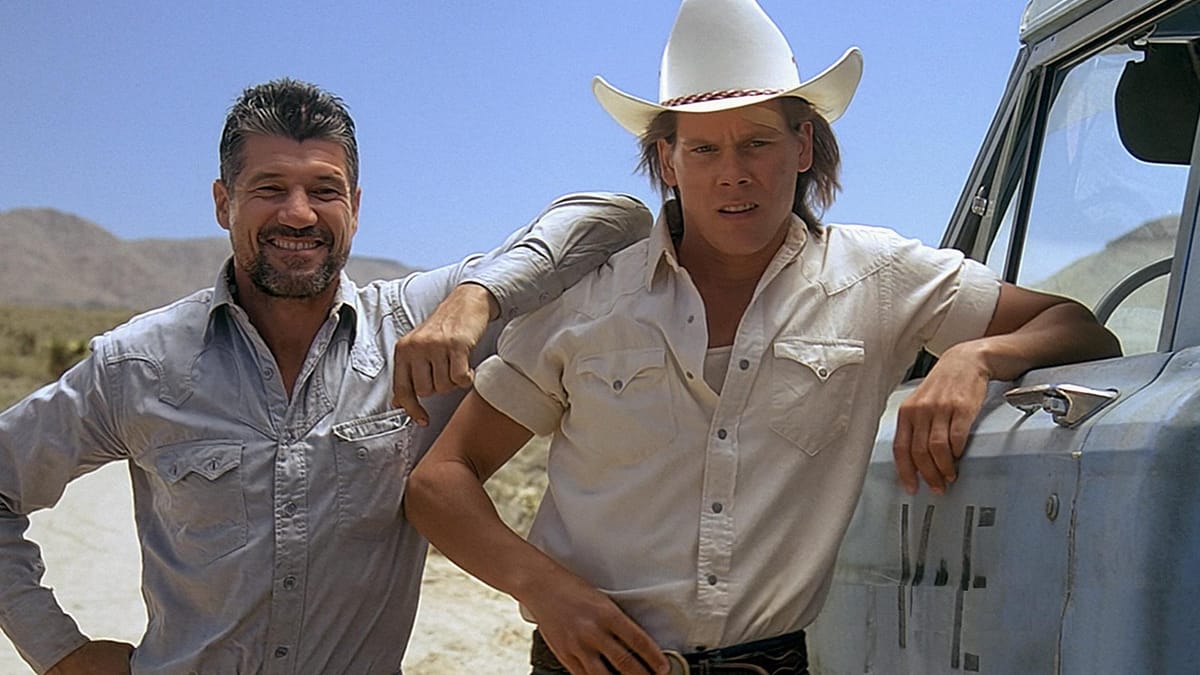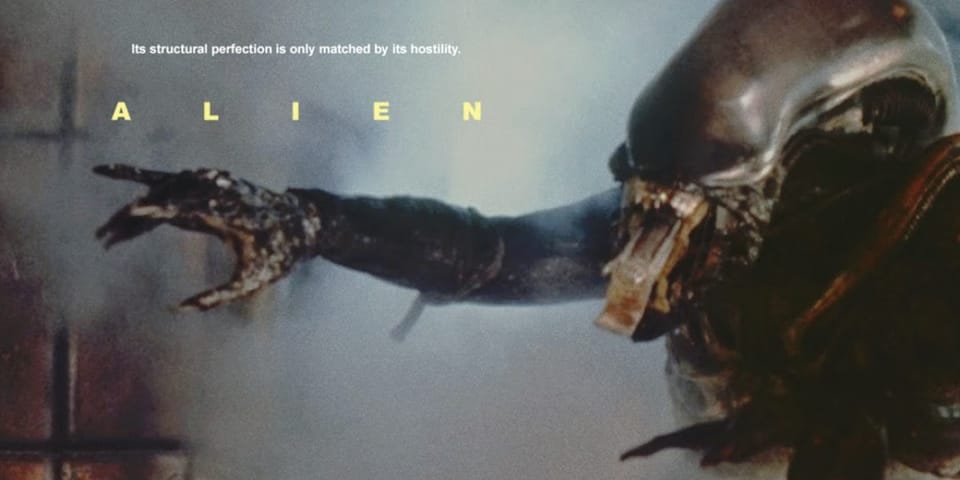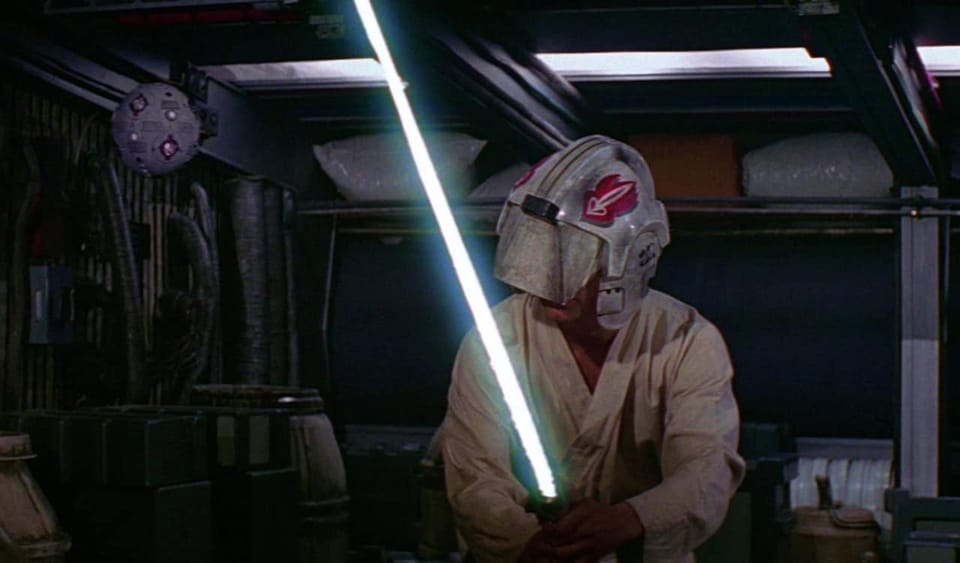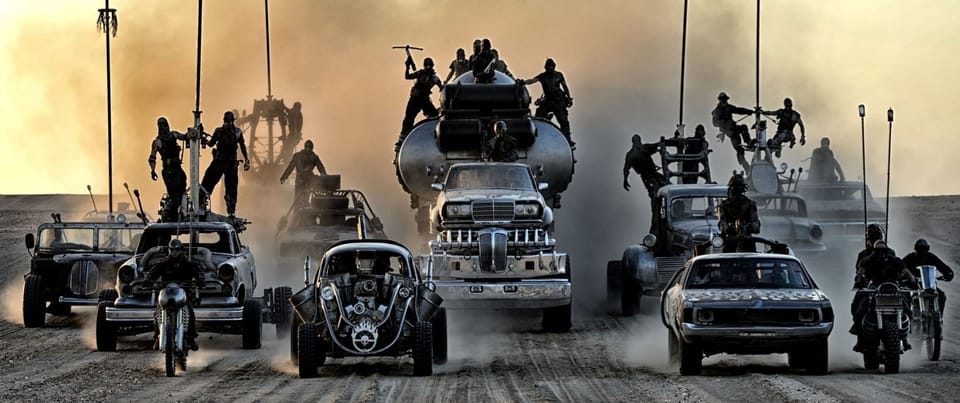How the monster movie structure can help you with any genre.
When structuring your story, you don't have to start from scratch. There are plenty of places to look for inspiration, and one of them is genre.

The Story and Plot Weekly Email is published every Tuesday morning. Don't miss another one.
If you have been reading the Weekly Email for long or have taken classes with me, you know that one of my primary goals is to make big, decisive decisions upfront.
The commitment to these decisions then makes each subsequent decision easier and easier.
What story are you telling?
What's the dramatic question?
The goal is to remove the tyranny of infinite choices and narrow them down to manageable levels.
That's where the real fun starts.
We get to focus on the emotion of great scenes and great sequences.
Narrow your options.
Early in our writing habits, we often approach the plot with, "What happens next?"
This isn't a worthless question. It can be a good one, especially on the micro level inside a scene.
The problem with it on the structural level is that it's open-ended. The breadth is akin to 1000 brands of the same product.
How do we know we're choosing the best one for our needs?
After answering the primary question listed above, two more questions to ask are:
- What needs to happen?
- What does the character want?
What needs to happen comes from knowing what story we're telling. What needs to hapen to tell this story?
What does the character want will drive the narrative.
Only when the guardrails of those questions are put up can "What can happen next?" be truly productive.
Let a genre help guide your decisions.
When structuring your story, you don't have to start from scratch. There are plenty of places to look for inspiration, and one of them is genre.
The genre doesn't do the work for you; it just prompts some questions.
One of my favorites for this is the monster movie.
If you're writing a monster movie, whether a literal monster movie or a metaphorical one, this structure simply asks you, "What does the character want at the midpoint?"
And this answer drives the narrative from that point on.
I divide this into two sub-genres: "The monster movie" and the "super-monster movie."
The monster movie
If it's a monster movie, the monster can be killed, and at the movie's midpoint, a character decides to HUNT the monster. That drives the second half of the movie.
JAWS is the most famous example.
The super-monster movie.
If the characters have no hope of killing the monster, they decide to ESCAPE, and that decision drives the second half of the narrative.
JURASSIC PARK is structured this way. PITCH BLACK is one of my all-time favorites, and so is TREMORS.
Note: in JURRASSIC WORLD, the leads are tasked with rescuing people, so that structure is treated as a monster movie, not a super monster movie.
The combination of the two.
It doesn't have to be the entire second half. You can often get even more momentum by reversing it.
In ALIEN, they think they're in a monster movie and decide to hunt the alien after Kane is killed.
But after Dallas is killed, Ripley has that famous line of dialogue, "I think we're in a super monster movie," and for the third act, they try to escape.
The original PREDATOR has a similar structure.
James Cameron brilliantly reverses these two acts in ALIENS, where after the massacre of the Marines, they decide the best thing to do is escape.
But once Newt is taken, Ripley calls an audible and HUNTS in Act 3 to rescue her.
The monster doesn't have to be literal.
And it doesn't have to be a monster movie. You are just looking at a common structure of that genre for inspiration.
THE BREAKFAST CLUB has a traditional romantic comedy structure, yet it is obviously an ensemble drama.
We're just using the genre title as an easy way to identify it.
The monster could be the faceless company they decide to rip off in OFFICE SPACE.
You could attack the structure from the antagonist's POV like in FIRST BLOOD where the sheriff sees Rambo as the monster, and summons the National Guard to hunt him down.
In PSYCHO, the second half is all about Lila Loomis trying to find her missing sister, unknowingly hunting down Norman Bates.
Just make the decision.
The labels here aren't important. Don't get too caught up in them.
What's important here is making the decision of a want for the second half that drives the narrative and narrows your choices of what needs to happen.
Each decision makes each subsequent decision easier.
What do they want for the movie?
What do they want in the second half?
What do they need to do in the third act?
Each answer helps the narrative drive and creates a framework for what we all want: great scenes and sequences.
The Story and Plot Weekly Email is published every Tuesday morning. Don't miss another one.
When you're ready, these are ways I can help you:
WORK WITH ME 1:1
1-on-1 Coaching | Screenplay Consultation
TAKE A COURSE
Mastering Structure | Idea To Outline




